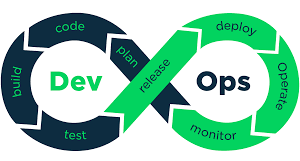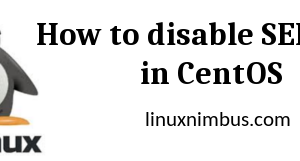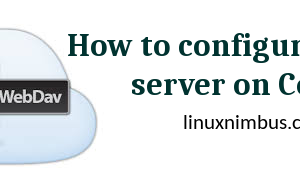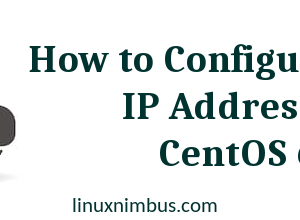Determining and Configuring Hardware Settings
When setting up a PC to have Linux installed, one needs to familiarize themselves with the devices installed on their system and how they are configured. Some of these items…
Read More »
Decoding your sysadmin career path
The roles of system administrators in an organization have evolved greatly over the years. Sysadmins no longer operate in isolation but are right at the center of day-to-day activities in…
Read More »
DevOPs: What it is and why it is needed
What is DevOPs DevOps(Development and Operations) is the practice of bringing together operations and development where engineers work together in the entire product life cycle; from the design through the…
Read More »
OpenSSL
OpenSSL is an open source implementation of Secure Socket Layer(SSL) and Transport Layer Security for web authentication. The core library is written in C programming language and it offers cryptographic…
Read More »
Data Encryption : PGP and GPG
Data that can be read and understood without any special measures is called plaintext. The process of disguising plaintext to hide its meaning and substance is called encryption. When a…
Read More »
Commands to check memory usage in Linux
Having sufficient physical memory (RAM) on your system is critical for processes to run efficiently. Once the memory runs out, your system will start using the swap space and this…
Read More »
How to Disable SELinux in CentOS
Security-Enhanced Linux is a Linux kernel security module that provides a mechanism for supporting access control security policies, including mandatory access controls. It offers a means of executing some security…
Read More »
How to configure WebDav with Apache on CentOS
WebDAV stands for Web-based Distributed Authoring and Versioning. It is an extension of the HTTP protocol that allows users to edit and manage documents and files stored on web servers….
Read More »
How to configure static IP addresses in CentOS 6
CentOS 6 minimal by default does not come with the network pre-configured. In this guide, we will be showing you how to set a static IP address in CentOS 6…
Read More »
Opening and Closing Ports in CentOS 6 and 7 using IPtables
Setting up a good firewall is an essential step in ensuring the security of your system. IPtables is the default firewall used on CentOS. It is a command-line utility that…
Read More »